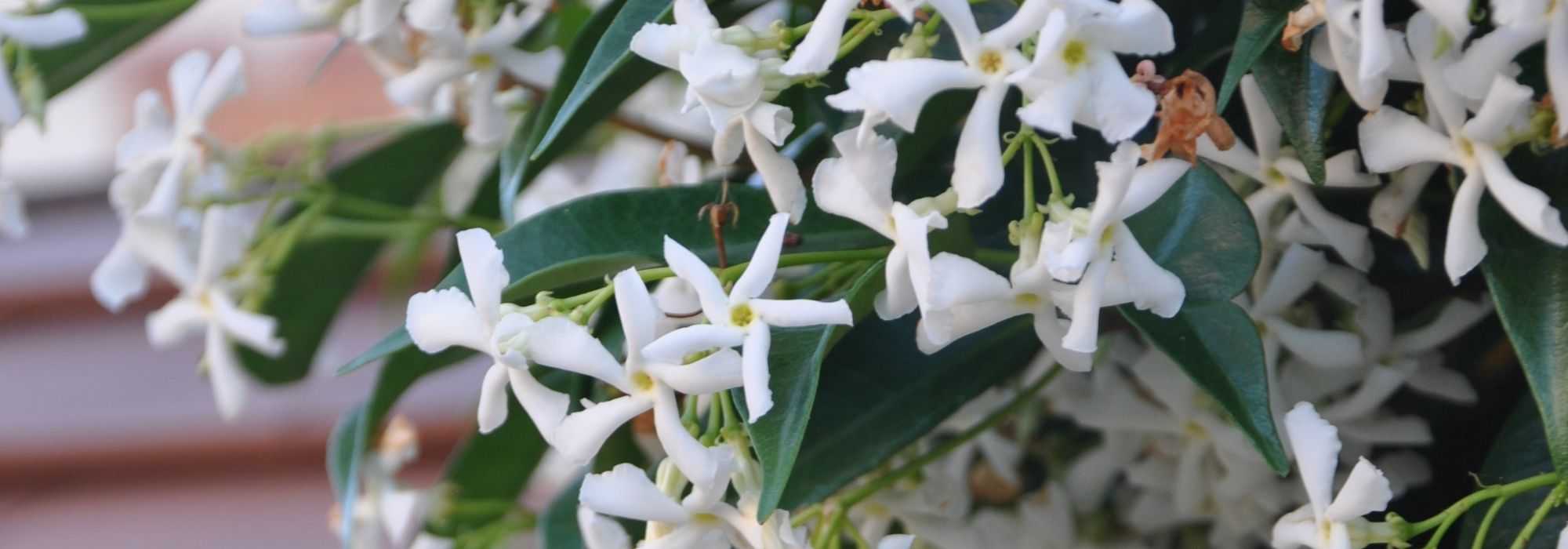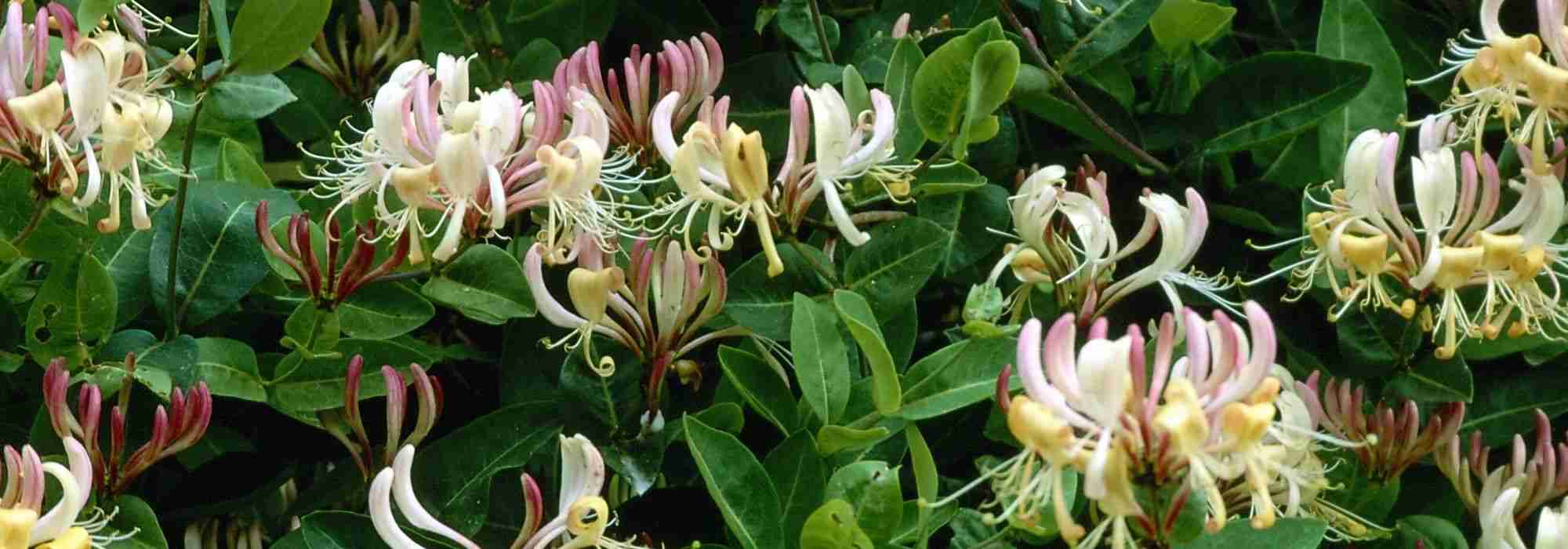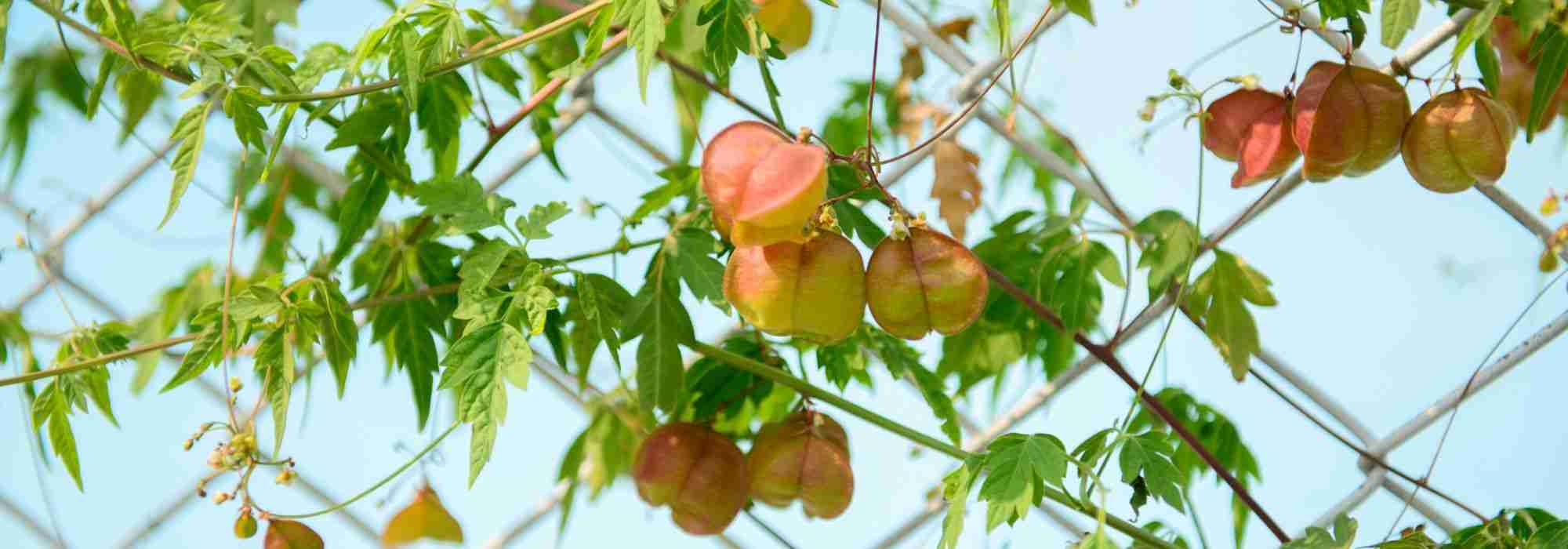

Schizophragma hydrangeoides Burst of Light
Schizophragma hydrangeoides Burst of Light
Schizophragma hydrangeoides Burst of Light
Japanese hydrangea vine
Special offer!
Receive a €20 voucher for any order over €90 (excluding delivery costs, credit notes, and plastic-free options)!
1- Add your favorite plants to your cart.
2- Once you have reached €90, confirm your order (you can even choose the delivery date!).
3- As soon as your order is shipped, you will receive an email containing your voucher code, valid for 3 months (90 days).
Your voucher is unique and can only be used once, for any order with a minimum value of €20, excluding delivery costs.
Can be combined with other current offers, non-divisible and non-refundable.
Why not try an alternative variety in stock?
View all →This plant carries a 6 months recovery warranty
More information
We guarantee the quality of our plants for a full growing cycle, and will replace at our expense any plant that fails to recover under normal climatic and planting conditions.
Would this plant suit my garden?
Set up your Plantfit profile →
Description
The Schizophragma hydrangeoides 'Burst Of Light' is a delightful representative of the group of climbing hydrangeas. Slow-growing, it can eventually decorate a wall or adorn a tree. With its white flowers resembling those of hydrangeas, and especially its magnificent green foliage marbled with white, it is the ideal plant to brighten up shaded areas of the garden. Growing in a temperate climate, not too cold, it appreciates cool, slightly acidic, non-calcareous soils. This recent variety will delight fans of unique plants.
Schizophragma belongs to the Hydrangeaceae family, a small plant family with about ten genera, or even a few more depending on botanical classifications. In gardens, we mainly know hydrangeas, which are rich in species with varied appearances, as well as flowering shrubs such as Deutzia and Philadelphus. Schizophragma hydrangeoides is native to wooded and humid regions of Asia; China, the Himalayas, Japan, and Korea. It is a vine that grows in shady conditions and is one of the few climbers that flower in the shade. It is often confused with Hydrangea anomala subsp. petiolaris, the most well-known climbing hydrangea.
Schizophragma hydrangeoides Burst of Light, takes its name from its bright foliage. This recent variety was named and introduced to the market in 2016 by a Polish nursery that selected it in Japan. In 2018, it received the Gold Medal for varietal innovations at the Salon du Végétal, the meeting place for professionals in ornamental plants. It has slow growth (about 50 cm (20in) per year) and is suitable for small gardens. Its maximum height is 6 m (20ft) with a width of about 2.50 m (8ft), but its development can be limited by pruning. Thanks to its small climbing roots, the stems can climb on various supports, such as a wall or tree trunk.
Above all, Schizophragma is perfect for shaded situations, where few other climbers flower properly. And finally, it has beautiful deciduous foliage that is decorative throughout the season until autumn. Its leaves are quite large, about 12 to 18 cm (5 to 7in) long, serrated (meaning the lamina is edged with angular teeth) and borne on a green to reddish petiole. Pointed at the tip, they have an elongated deltoid shape. Very luminous, they are green, irregularly marbled with cream white to varying degrees, so that each leaf displays a unique pattern.
In summer, this Schizophragma produces clusters of white flowers, which can reach 25 cm (10in) in diameter, composed of yellowish fertile flowers in the centre, surrounded by sterile sepals on the periphery. It is mainly these sepals that are decorative, measuring from 3 to 5 cm (1 to 2in), with a triangular shape and rounded ends, and a particularly attractive pure white colour. The flowering lasts for 2 to 3 months, from June to August, and the sepals turn green at the end.
The only downside is that Schizophragma has moderate hardiness and will struggle to survive below -15°C (5°F).
Plant the Schizophragma 'Burst of Light' against a support, such as the trunk of a large tree or a shaded wall. This vine can also run along the ground, like ivy, and will brighten up neglected and dark areas of the garden. It is the ideal plant to climb along a large tree, as it grows very well at the base of them. Thus, an American Red Oak will provide it with a strong support to rise and will create a magnificent spectacle in autumn with its flamboyant colours. The Nyssa sylvatica, or Black Tupelo, which thrives in acidic and cool soils, will also create a rare scene full of contrasts in autumn when this tree adorns itself with its orange-red foliage.
Plant habit
Flowering
Foliage
Botanical data
Schizophragma
hydrangeoides
Burst of Light
Hydrangeaceae
Japanese hydrangea vine
Cultivar or hybrid
Other Schizophragma
View all →Planting and care
The Schizophragma hydrangeoides has a medium hardiness and will struggle to survive below -15°C (5°F). These plants do not like dry and poor soils, nor limestone. If necessary, add leaf mould or rotted pine bark to maintain moisture and lower the pH of your soil. Plant it in autumn or spring.
Dig a hole at least 50 cm (20in) deep, in which you will mix planting compost with a little leaf mould, and crushed horn with the original soil. A soil rich in humus, clayey, moist, but well-drained is ideal. The most suitable exposure is partial shade. In the northern regions, however, you can place them in the sun, but protect the base from direct rays. Avoid excessively hot areas and the afternoon sun. Regular fertiliser applications will benefit this demanding plant. Similarly, staking is necessary until the aerial roots are firmly established. Light pruning should be done at the end of winter to remove faded flowers from the previous season, in order to avoid injuries during severe cold. Optionally, remove unruly or tangled stems in autumn.
Planting period
Intended location
Care
Planting & care advice
This item has not been reviewed yet - be the first to leave a review about it.
Haven't found what you were looking for?
Hardiness is the lowest winter temperature a plant can endure without suffering serious damage or even dying. However, hardiness is affected by location (a sheltered area, such as a patio), protection (winter cover) and soil type (hardiness is improved by well-drained soil).

Photo Sharing Terms & Conditions
In order to encourage gardeners to interact and share their experiences, Promesse de fleurs offers various media enabling content to be uploaded onto its Site - in particular via the ‘Photo sharing’ module.
The User agrees to refrain from:
- Posting any content that is illegal, prejudicial, insulting, racist, inciteful to hatred, revisionist, contrary to public decency, that infringes on privacy or on the privacy rights of third parties, in particular the publicity rights of persons and goods, intellectual property rights, or the right to privacy.
- Submitting content on behalf of a third party;
- Impersonate the identity of a third party and/or publish any personal information about a third party;
In general, the User undertakes to refrain from any unethical behaviour.
All Content (in particular text, comments, files, images, photos, videos, creative works, etc.), which may be subject to property or intellectual property rights, image or other private rights, shall remain the property of the User, subject to the limited rights granted by the terms of the licence granted by Promesse de fleurs as stated below. Users are at liberty to publish or not to publish such Content on the Site, notably via the ‘Photo Sharing’ facility, and accept that this Content shall be made public and freely accessible, notably on the Internet.
Users further acknowledge, undertake to have ,and guarantee that they hold all necessary rights and permissions to publish such material on the Site, in particular with regard to the legislation in force pertaining to any privacy, property, intellectual property, image, or contractual rights, or rights of any other nature. By publishing such Content on the Site, Users acknowledge accepting full liability as publishers of the Content within the meaning of the law, and grant Promesse de fleurs, free of charge, an inclusive, worldwide licence for the said Content for the entire duration of its publication, including all reproduction, representation, up/downloading, displaying, performing, transmission, and storage rights.
Users also grant permission for their name to be linked to the Content and accept that this link may not always be made available.
By engaging in posting material, Users consent to their Content becoming automatically accessible on the Internet, in particular on other sites and/or blogs and/or web pages of the Promesse de fleurs site, including in particular social pages and the Promesse de fleurs catalogue.
Users may secure the removal of entrusted content free of charge by issuing a simple request via our contact form.
The flowering period indicated on our website applies to countries and regions located in USDA zone 8 (France, the United Kingdom, Ireland, the Netherlands, etc.)
It will vary according to where you live:
- In zones 9 to 10 (Italy, Spain, Greece, etc.), flowering will occur about 2 to 4 weeks earlier.
- In zones 6 to 7 (Germany, Poland, Slovenia, and lower mountainous regions), flowering will be delayed by 2 to 3 weeks.
- In zone 5 (Central Europe, Scandinavia), blooming will be delayed by 3 to 5 weeks.
In temperate climates, pruning of spring-flowering shrubs (forsythia, spireas, etc.) should be done just after flowering.
Pruning of summer-flowering shrubs (Indian Lilac, Perovskia, etc.) can be done in winter or spring.
In cold regions as well as with frost-sensitive plants, avoid pruning too early when severe frosts may still occur.
The planting period indicated on our website applies to countries and regions located in USDA zone 8 (France, United Kingdom, Ireland, Netherlands).
It will vary according to where you live:
- In Mediterranean zones (Marseille, Madrid, Milan, etc.), autumn and winter are the best planting periods.
- In continental zones (Strasbourg, Munich, Vienna, etc.), delay planting by 2 to 3 weeks in spring and bring it forward by 2 to 4 weeks in autumn.
- In mountainous regions (the Alps, Pyrenees, Carpathians, etc.), it is best to plant in late spring (May-June) or late summer (August-September).
The harvesting period indicated on our website applies to countries and regions in USDA zone 8 (France, England, Ireland, the Netherlands).
In colder areas (Scandinavia, Poland, Austria...) fruit and vegetable harvests are likely to be delayed by 3-4 weeks.
In warmer areas (Italy, Spain, Greece, etc.), harvesting will probably take place earlier, depending on weather conditions.
The sowing periods indicated on our website apply to countries and regions within USDA Zone 8 (France, UK, Ireland, Netherlands).
In colder areas (Scandinavia, Poland, Austria...), delay any outdoor sowing by 3-4 weeks, or sow under glass.
In warmer climes (Italy, Spain, Greece, etc.), bring outdoor sowing forward by a few weeks.
















































